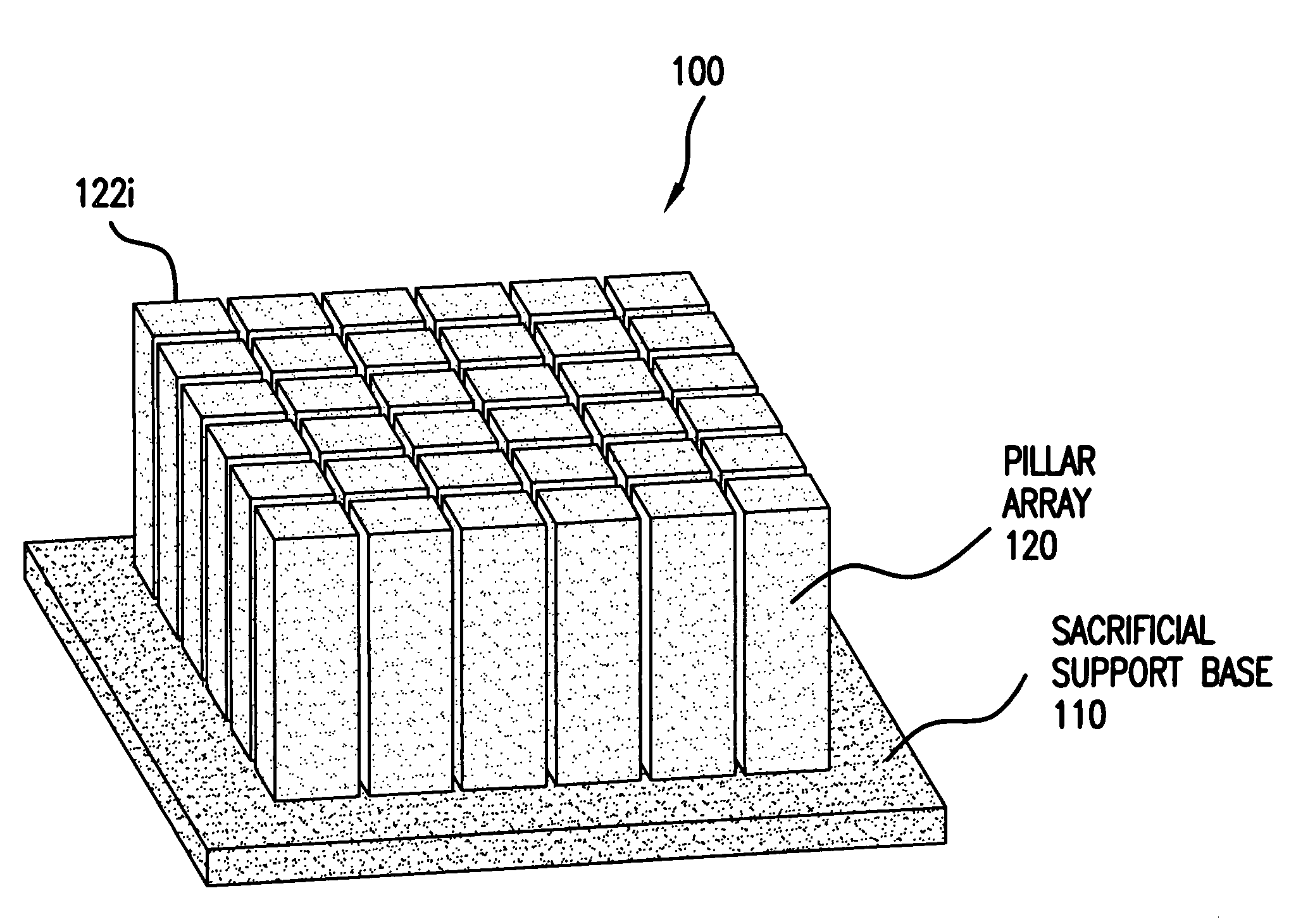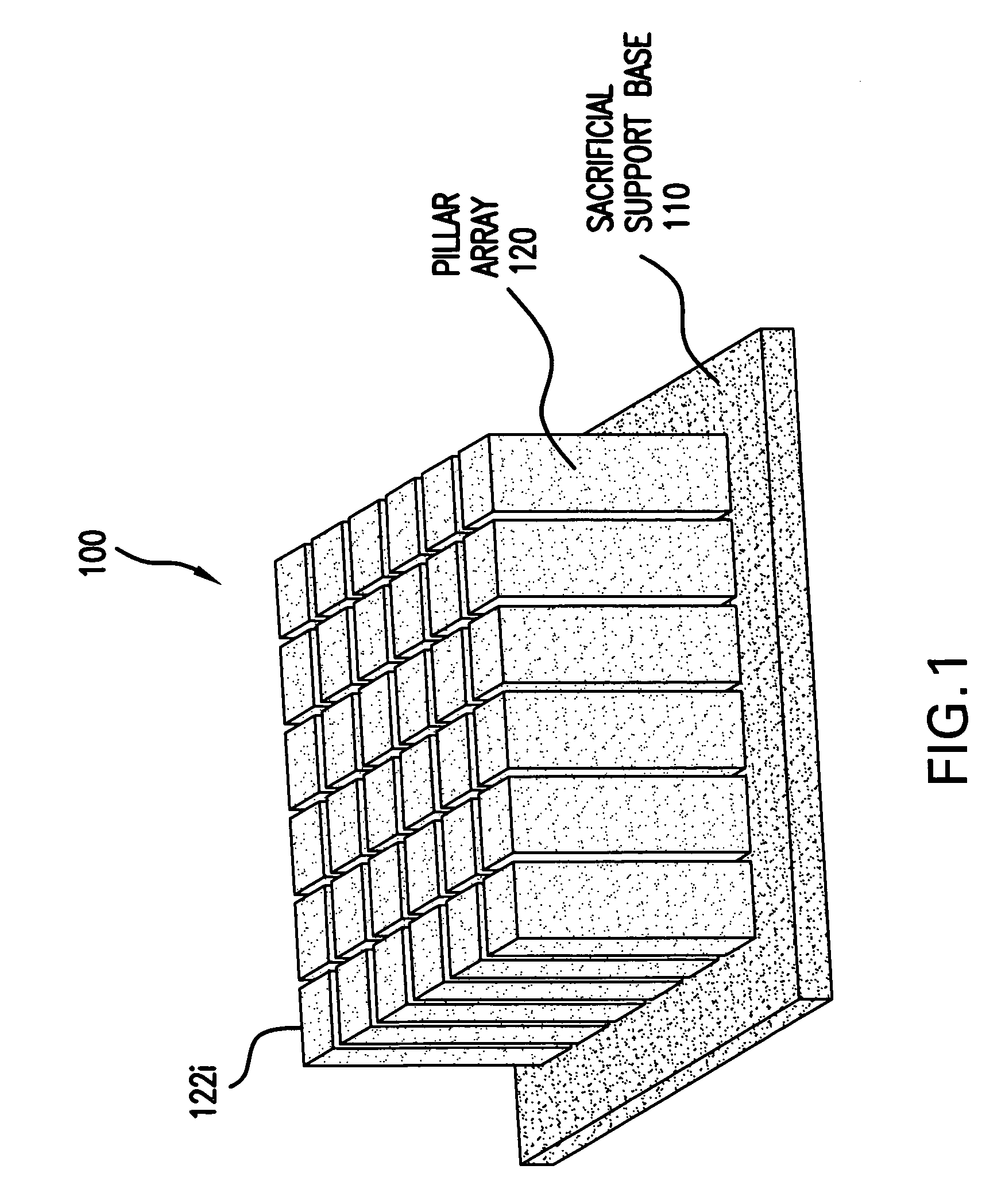Composite piezoelectric apparatus and method
a piezoelectric apparatus and piezoelectric technology, applied in the field of ultrasonic transducers, can solve the problems of large coupling loss, limited energy transfer efficiency, expensive and laborious task,
- Summary
- Abstract
- Description
- Claims
- Application Information
AI Technical Summary
Benefits of technology
Problems solved by technology
Method used
Image
Examples
Embodiment Construction
[0019]While the present invention is described herein with reference to illustrative embodiments for particular applications, it should be understood that the invention is not limited thereto. Those skilled in the art with access to the teachings provided herein will recognize additional modifications, applications, and embodiments within the scope thereof and additional fields in which the invention would be of significant utility.
[0020]In embodiments, the present invention relates to composite piezoelectric apparatus, transducers and methods of manufacture.
Different Composite Material Volume Percents
[0021]FIG. 1 is a diagram of a composite piezoelectric apparatus 100 having a sacrificial base 110 and pillar array 120 according to an embodiment of the present invention. Sacrificial base 110 has a composite piezoelectric material made up of piezoelectric material at a first volume percent. Likewise, pillar array 120 is made up of a number of pillars 122i. Only a 6×6 array of 36 pill...
PUM
| Property | Measurement | Unit |
|---|---|---|
| volume percent | aaaaa | aaaaa |
| volume percent | aaaaa | aaaaa |
| volume percent | aaaaa | aaaaa |
Abstract
Description
Claims
Application Information
 Login to View More
Login to View More - R&D
- Intellectual Property
- Life Sciences
- Materials
- Tech Scout
- Unparalleled Data Quality
- Higher Quality Content
- 60% Fewer Hallucinations
Browse by: Latest US Patents, China's latest patents, Technical Efficacy Thesaurus, Application Domain, Technology Topic, Popular Technical Reports.
© 2025 PatSnap. All rights reserved.Legal|Privacy policy|Modern Slavery Act Transparency Statement|Sitemap|About US| Contact US: help@patsnap.com



